|
Buying a crane can be a significant investment, so it’s important to understand the process and make an informed decision. Here is a complete guide to buying and financing a crane:
The decision to buy a new or used crane depends on a variety of factors, including your budget, the purpose of the crane, the expected usage, and the availability of financing. If you have a higher budget and require a crane with the latest technology, a new crane may be the better option. New cranes often come with warranties and maintenance packages, which can give you peace of mind and ensure that the crane operates reliably. Additionally, a new crane can offer the latest safety features and meet the most current industry standards. However, if your budget is more limited or you don’t need the latest technology, a used crane could be a more cost-effective option. Used cranes are often significantly cheaper than new cranes, which can save you a lot of money upfront. Additionally, used cranes that have been well-maintained and inspected can still provide reliable and safe operation. Ultimately, the decision to buy a new or used crane will depend on your specific needs and circumstances. Before making a decision, you should thoroughly research the options available to you, consult with experts in the field, and weigh the pros and cons of each choice. Popular Websites to Purchase a Crane: There are several websites where you can purchase a crane. Here are some of the most popular:
Crane Financing Options: There are several financing options available for businesses looking to purchase a crane:
Read the original blog post here from April 20, 2023. Canada and The United States are posting great financial numbers and using this time and cash to further expand and upgrade operations. Analysts are bullish on the continued recovery and have a positive outlook for 2019 and beyond.
Mining is back, and it’s planning to stay for a while. Mining companies of all sizes are seeing an upswing in their revenue and bottom-line profits. Large mining companies such as Rio Tinto, Freeport-McMoRan and Anglo-American reported solid earnings, increasing profit margins and significantly improved cash flow for FY2018. The recovery started back in 2016, has continued for the last couple years, and looks to extend well into the future. Healthy macroeconomic fundamentals, hefty reserves and recent deregulation jump started the sector from its previous slump. Mining companies are currently profiting from nickel, lead, copper, tin and gold while traditional materials such as coal show signs of stability in North America. The current administration continues to take several actions to help save the U.S. coal industry, their attempts to “save coal” have been a positive sign for those companies that operate in the coal industry. The mining equipment market will grow with the mining recovery. Mining companies aren’t the only ones benefiting from the recent recovery. The positive outlook from analysts is extending to the Mining Equipment Market as well. Back in 2016, the global mining equipment market size was valued at USD 120.82 billion, but the latest analysts’ predictions estimate a CAGR of 11.7% that will boost the global mining equipment market to USD 284.93 billion by 2025 according to a recent Grand View Research report. With such enormous growth projections, mining companies of all sizes in Canada and The United States are taking this opportunity to scale their fleets and improve their machinery to meet the upcoming demand. Mining companies are retrofitting and refurbishing their current equipment to better position themselves to increase drilling, extraction and exploration activities over the coming years. Others are purchasing new and used mining equipment across North America at a rapid pace, which is creates a huge opportunity for lenders that offer mining equipment financing. Optimistic but careful at the same time. It’s true that the forecast and outlook for mining in North America remains positive, but it’s important to not forget mining companies will still struggle with problems they have always faced. Issues such as tension over water usage from local communities, political unrest in countries of operation and trends away from coal and fossil fuel to alternative energy sources will always pose a threat to profits and sustained growth. The mining industry expects to see success well into the future. Although there are the risks mentioned above, this still doesn’t overshadow the positive trends we’ve seen and expect to see going forward for the mining industry. Analysts anticipate the trends that started back in 2016 to continue for the remainder of 2019 and well into the future. *This article was originally posted on our Strikingly Blog here on June 1, 2019 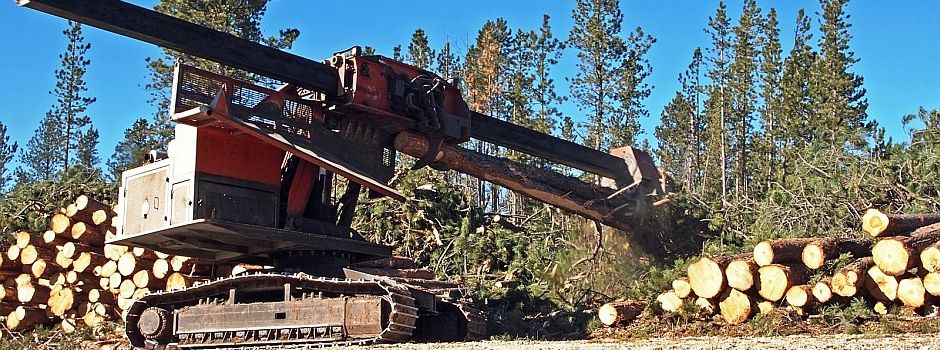 New logging equipment sales are off to a strong start, but the lumber market remains volatile. Industry analysts predict that the record-high lumber prices will continue through 2018 through 2019. Last year’s increased import duties have some worried that high prices could lead to a supply gap among exporters and importers in the United States. Even so, new equipment sales in the United States are already off to a strong start according to recent data from EDA. Let’s take a look at the recent reports, along with some predictions around the logging industry in 2018 and beyond. New Equipment Sales for February As mentioned above, logging equipment leasing is showing promising results to start the year. Here are the most popular equipment types among buyers from EDA’s report: EQUIPMENT TYPE BUYERS UNITS
We also have data on the top equipment buyers and lenders: Companies Buying Equipment
New Logging Equipment Lenders
Growing Demand for Equipment After a few years of stagnation in the industry, Freedonia Group finds that U.S. companies are now ready to make more logging equipment purchases. In fact, according to their predictions, the United States will account for as much as 19% of all global product demand through 2021. What’s the reason for this growth in demand? They point to a few factors. For one, they cite that the rise of construction activity in the U.S will drive the need for newer and better machinery in the coming years. In addition, they also point to increased roundwood production and the use of logging methods that require higher-end equipment as the cause for the growth in demand. Around the world, other countries are expected to see an increase in logging equipment purchases. Brazil, for instance, is expected to record greater increases in equipment purchases at around 6.5% annually through 2019. Smaller countries like Poland, Finland, New Zealand, and Indonesia will also see above-average growth in purchases over the next few years. Looking Towards the Future Even though the prices for lumber continue to remain high, many industry experts predict that demand for forestry equipment will continue to rise all the way through 2019. The United States is expected to lead all other countries in new logging equipment purchases, although buyers in the Asia/Pacific region will still play a considerable role. Every industry faces changing times, but with new investments in U.S. manufacturing along with regulations aimed to make the roads safer, the commercial trucking industry is expected to see some new trends in 2018 that could have wide-reaching effects for not only trucking companies but also those that provide financing to the trucking industry. The Electronic Logging Device
The Electronic Logging Device (ELD) is a device aimed at limiting the time drivers spend behind the wheel. It will ensure that drivers spend no more than 50 hours in service each week, and they must take a mandated two days off afterward. The hope is that the roads will be safer with less exhausted drivers on the road, but it will have wide-ranging effects on the industry as a whole. Carriers will no longer be allowed to haul as many loads as before, and many predict that the added costs of new equipment and administrative duties from ELD will be passed to the consumers in the nation. Increased Demand for the Last Mile E-commerce has blown up over the last decade and is expected to increase even more in 2018. With this rise in demand, many expect to see an increase in the last mile deliveries to businesses and residential neighborhoods. Most heavy trucking companies will need to find a way to add smaller vehicles to its fleet to accommodate these demands in hopes to compete. Cross-Border Competition Hauling freight from Canada and Mexico into the U.S. increased in 2017; however many carriers still rely on American companies to complete the drive after they've crossed the border because of government scrutiny. To counter this, in 2018 we might see more Canadian companies forming partnerships or forming their own U.S. entities to complete the shipment as they haul goods back to Canada. This new competition could result in more liability for them as they uphold U.S. safety standards and regulations. Keeping Up with Technology In addition to ELD, carriers will have to consider the other tech advancements seen in more advanced trailers and trucks. Refrigeration, fuel efficiency software, and other technologies are becoming required under U.S. regulations, so fleet managers must ensure they remain compliant. How Will These Changes Affect Financing? With all of these trends in mind, many still predict the commercial trucking industry to continue to rise in 2018. Last year in December, the industry saw a 37-month high according to research firm ACT. Also, trailer orders were also on the rise with FTR noting 47,000 trailer orders were placed in December. Not all trucks come in equal demand, and in 2017, Class 8 trucks were the clear favorites among buyers according to research firm EDA. Here is the complete breakdown: EQUIPMENT TYPE UNITS BUYERS CLASS 8 TRUCK 849,681 252,705 MECHANIC 171,994 161,832 CLASS 7 TRUCK 92,711 38,064 CLASS 6 TRUCK 64,438 34,300 SVC VEHICLE BODY 9,763 4,989 CLASS 5 TRUCK 1,452 852 BUS 454 200 CLASS 4 TRUCK 439 303 CLASS 3 TRUCK 167 152 CLASS 2 TRUCK 137 106 Moving Forward Many expect to see the commercial trucking industry to grow by 3.4% in 2018 which is great news for the U.S. economy and the manufacturing sector as a whole. If firms can adapt to new mandates and technology, it should be a successful year all around. 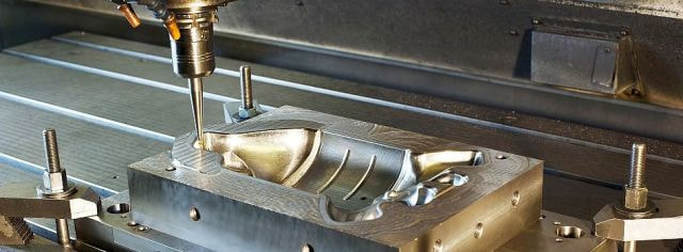 Here are the most prominent takeaways from 2017 and what to expect for this year. With a brand new year upon us, industry-leading research analysts are busy releasing the final numbers for 2017. The machine tool industry is infamous for its sometimes chaotic periods of growth and retraction, but the numbers released from multiple sources confirm that we are indeed in a stable situation with sales and consumption up across the board. The Big Buyers for 2017 Industry analysts reported the top 20 biggest buyers and lenders for November of 2017 recently and the numbers look very good and provide hope for the future should the momentum from the last months of 2017 carry over into 2018. The top five U.S. buyers listed in the report are the following companies:
If you read the following insights report you can see the other companies that made significant purchases in November of 2017; however, we'll only focus on the U.S. companies for this piece. Where were these companies buying their machine tools? Well, the EDA report also lists the top 20 lenders for machine tools in the month, and they made significant boosts to help the market as a whole. According to EDA's research, these top five lenders accounted for over 42% of machine tool financing services: The Tops Five U.S. Lenders
Are We in a Boom or Bust? As Modern Machine Shop will point out, the machine tool industry has been plagued with tumultuous periods throughout the last could of decades. Before, when manufacturing was steady and followed a linear progression, the machine tools industry and financing also followed suit. However, with U.S. companies taking advantage of cheap labor costs and China continuing to expand its manufacturing sector in recent years, the market experienced sudden dips in demand and consumption of machine tools. Many Are Optimistic That being said, referring back to the industry analysts' yearly reports, sales and consumption showed promising signs towards the end of 2017. For example, Statista found that machine tool consumption reached into the positive range for the first time in years with 2017 netting a surprisingly significant 1.6% boost over 2016’s numbers. Additionally, research firm AMT pointed out that orders for machine tools rose by 7.6% above 2016’s numbers for the same month researched. All of this being said, nobody knows for sure what the future holds and with shifting political and economic climates, so much can still seem up in the air. All we can go by are the numbers presented by analysts and their predictions for the future. Taking all of those into account, we’d say that 2018 could be another positive year for the machine tools industry. |
BlogrollWebsite Archives
May 2023
Categories |
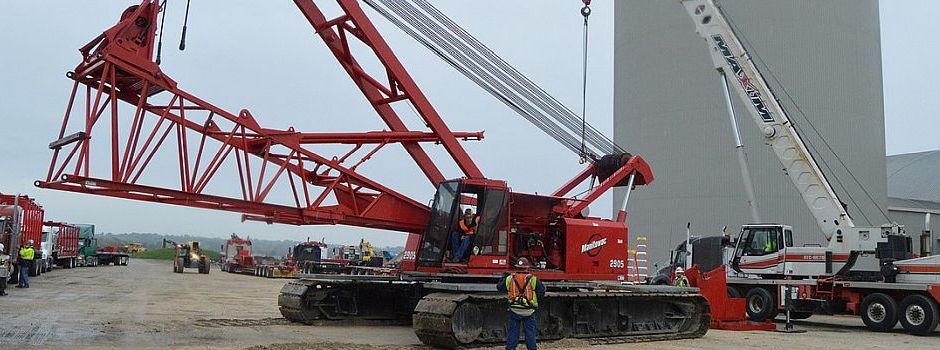
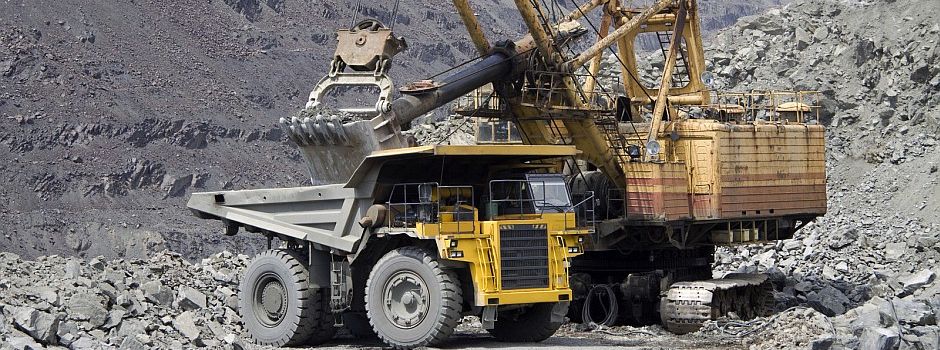
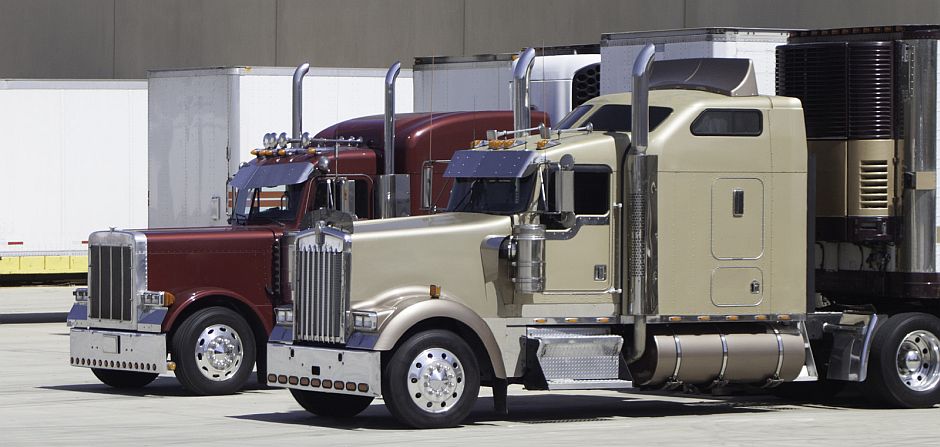
 RSS Feed
RSS Feed
